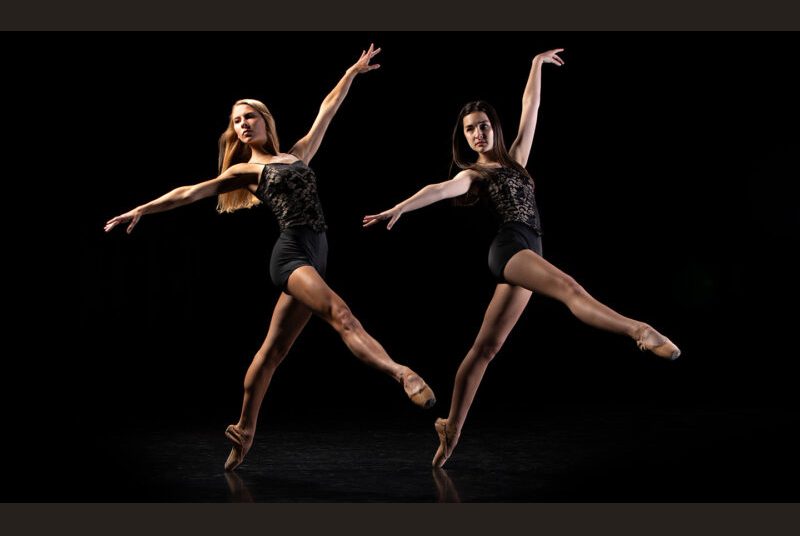Minor In Dance Performance
The dance performance minor allows students to expand their technical training through additional technique classes, conditioning and music for dancers. The skills honed through this minor are valuable for students who become professional dancers or dance educators.
Admission to the dance performance minor requires an audition. Refer to the dance program page for information on auditions.
Requirements
| Course | Title | Hours |
|---|---|---|
| DCED 217 | Musicality and Movement for Performers 1 | 3 |
| DCED 230 | Conditioning for Dancers 1 | 2 |
| DCED 265 | Dance Performance Practicum 1, 2 | 2 |
| PVFA 310 | Performance in Virtual and Augmented Realities | 3 |
Select 8 hours from the following: 3, 4
Ballet 5
Hip Hop 6
Improvisation 7
Jazz Dance 8
Modern Dance 9
Total Semester Credit Hours: 18
1 Must make a grade of C or better.
2 Student must take this course twice to fulfill requirements for the program.
3 The eight hours of technique can be any combination of the listed courses but upper-level courses require placement through audition or instructor approval. Three hours at 300/400 level must come from two dance technique courses.
4 Must make a grade of B or better.
5 DCED 250, DCED 260, DCED 261, DCED 351, DCED 361, DCED 362, DCED 462, DCED 463.
8 DCED 286, DCED 387, DCED 488.
9 DCED 271, DCED 272, DCED 372, DCED 373, DCED 473, DCED 474.
Minimum of 2.5 GPA in minor coursework.
